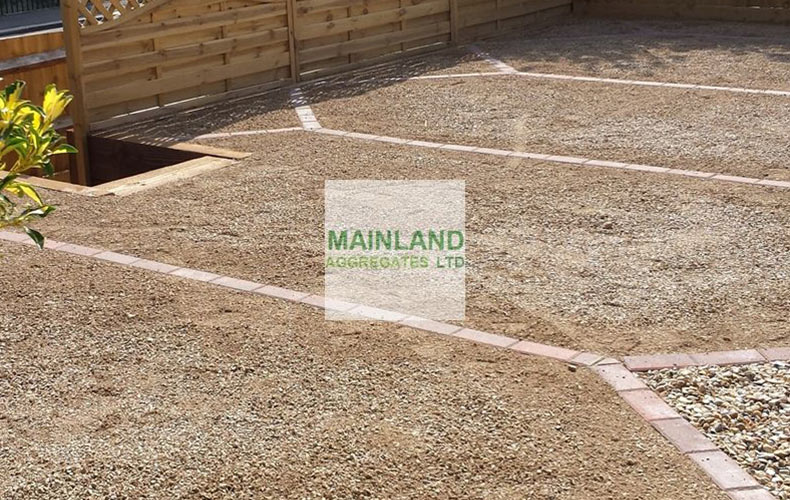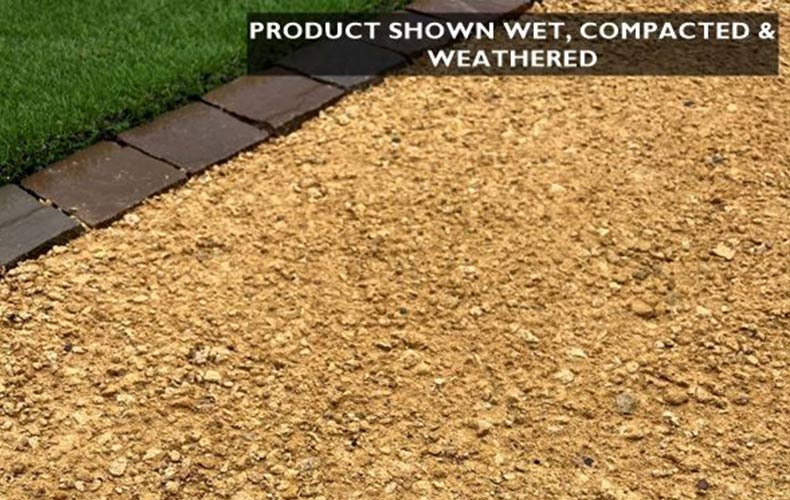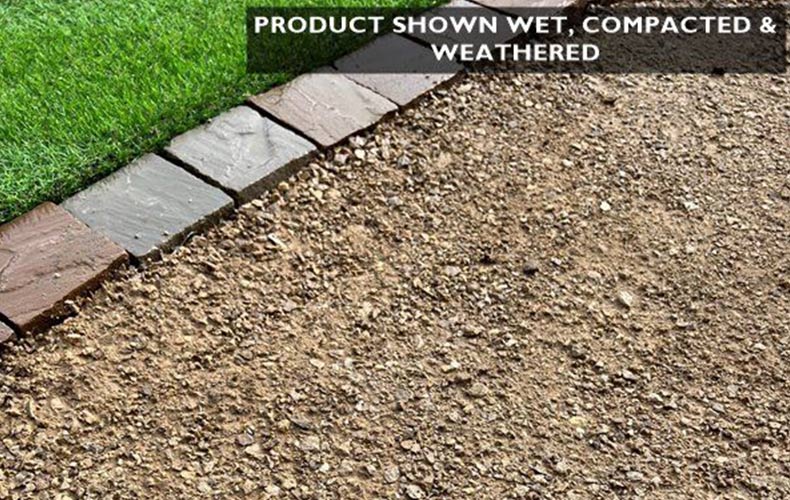We use cookies to make your experience better. To comply with the new e-Privacy directive, we need to ask for your consent to set the cookies. Learn more.
How to Achieve a Natural Look with Self Binding Gravel

When it comes to landscaping, achieving a natural yet functional outdoor space is often a top priority for homeowners and property managers alike. Self Binding Gravel stands out as an ideal solution for those seeking the aesthetic appeal of gravel combined with a more stable and firm finish. This unique blend is especially popular around stately homes, heritage properties, and woodland paths, owing to its hard-wearing properties and attractive finish.
Self Binding Gravel is meticulously graded from 10mm to dust, with the fines playing a crucial role in ensuring the gravel compacts properly. This results in a surface that's not only pleasing to the eye but also practical for footpaths, bridleways, cycle paths, and even golf courses.
The Importance of Proper Installation
The key to maximising the benefits of Self Binding Gravel lies in its installation. For a start, it's crucial to lay the gravel on a robust sub-base. A free-draining, granular material, such as compacted MOT Type 3, is recommended. This ensures the surface can withstand the intended traffic while providing adequate drainage.
When applying Self Binding Gravel, it should be compacted to no more than 50mm in depth. Incorporating a camber or cross-fall is essential to facilitate quick water dispersion, preventing waterlogging and the associated surface damage. The compacting process involves laying the gravel in thin layers and using a vibratory roller for an even finish. A final pass with the roller, this time with the vibration turned off and the drum lightly sprayed with water, helps to lock the fines in place, ensuring a smooth and well-bonded finish.
Product Spotlights: Cotswold and Old English
Cotswold Self Binding Gravel is a prime example of this product's versatility. Its golden hue not only adds warmth to any landscape design but also compacts firmly, creating a stable surface that remains semi-porous.

Old English Self Binding Gravel offers a unique aesthetic with its light brown colour, suitable for paths, cycle paths, and bridleways. The variety of gravel sizes ensures it compacts well, providing a stable surface that remains firm under traffic. This product is perfect for projects requiring a more stable surface than what standard gravel offers.

Both of these types of gravel demand careful laying. It needs a free-draining compacted sub-base, ideally MOT Type 3, and must be laid with a camber or cross-fall to ensure good drainage. The recommended depth for paths and borders is 50mm. Adequate drainage is critical to avoid surface failure, the most common issue with poorly installed paths.
Overall
Choosing Self Binding Gravel for your landscaping project not only enhances the natural beauty of your outdoor space but also provides a durable, low-maintenance surface. Whether it's the golden warmth of Cotswold or the rustic charm of Old English, these path toppings offer a perfect blend of aesthetics and functionality. Remember, the success of these materials lies in the details of their installation. By following the recommended guidelines, you can enjoy a beautiful, lasting finish that complements the natural environment.
